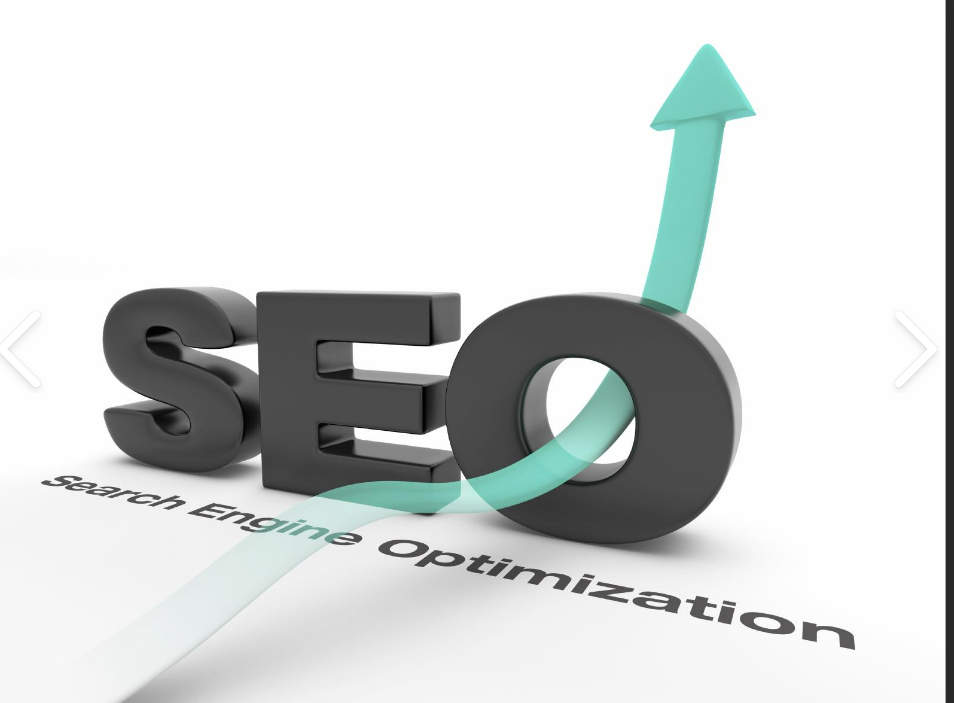
Optimizing your website to align with the needs and preferences of your target audience gives manufacturers like you an important advantage. You enhance your company’s online visibility, connect with an audience who is actively seeking solutions within your industry, and funnel higher quality leads to your business. Let’s discuss why SEO is a game-changer for those in the manufacturing industry as well as how SEO can help you generate leads and drive business growth.
What Is SEO?
SEO stands for Search Engine Optimization, which is the practice of optimizing a website to improve its visibility and ranking on search engine results pages (SERPs). Through various techniques and strategies, businesses can be found more easily by search engines when their website’s relevance and authority is improved. As a result, when users search for specific keywords or phrases related to their industry, manufacturing companies in particular, their website is more likely to appear prominently in the search results, driving organic traffic and potential customers to their site.
Why SEO Is a Powerful Way to Attract New Business for Manufacturing Companies
You know how incredibly powerful the internet is for your business. Search engines are part of the reason why. In fact, 81% of potential customers will search for options online before making a purchase decision. So it’s easy to see how SEO will benefit you, we’ve listed how this marketing strategy can help your manufacturing business to obtain a competitive advantage in your market. Manufacturing and industrial companies often cater to a highly technical and highly informed audience. Prospective clients engaged in research and problem-solving tend to rely heavily on search engines to find information, explore potential solutions, and evaluate companies before making decisions. Through blogs, manufacturers can position themselves as authoritative sources and connect with potential clients during their crucial research phase.
Why Is that true of Manufacturing Companies?
Low Competition: Surprisingly, many manufacturing and industrial companies have yet to fully embrace SEO, providing a relatively untapped opportunity for your organization to gain market share.
Lead Generation Powerhouse: According to one survey, 59% of B2B marketers confirm that SEO strategies have a huge impact on their lead generation efforts. From the early research stages to the final decision-making process, a strong SEO presence ensures continuous brand visibility and engagement.
High Conversion Rates: SEO strategies deliver higher closing rates than traditional outbound sales efforts. Studies show that the average closing rate for SEO-generated leads is 14.6%, while outbound sales conversion rates hover around a mere 1.7%. This stark difference highlights the immense potential of SEO in driving qualified leads and maximizing conversion opportunities for your manufacturing business.
Addressing Long Sales Cycles: Manufacturing and industrial companies deal with long sales cycles, characterized by intricate decision-making processes and multiple touchpoints. Leveraging SEO to establish a robust brand presence enables manufacturers to achieve three important goals: Maintain top-of-mind awareness among potential clients. Build trust and credibility. Influence purchase decisions.
How to Develop an Effective SEO Strategy
- group
- volume
- search intent
- difficulty
Topic Clusters for Content Marketing and SEO
- Identify the core topics or themes you are targeting. Each one must have a one main keyword it will focus on. However, to be optimize SEO, there should be multiple keywords related to a specific subject.
- Develop long-form, comprehensive articles that cover each sub-topic within the core theme. These articles should serve as pillars of information while incorporating relevant keywords naturally.
- Create individual articles that delve deeper into each sub-topic. Additional articles should provide more specific insights, examples, case studies, or practical tips. Inter-link these articles, creating a network of interconnected content that strengthens the relevance and authority of your website, and helps you rank higher on SEO.
- Acquiring High-Value Links Search engines view links as votes of confidence in your website and its content. Having a strong link profile is crucial for building authority and improving search engine rankings.
- Aim to acquire links from high-authority websites such as: Industry publications News sites Reputable blogs Authoritative industry-specific websites Seek out opportunities to contribute guest articles, be featured in interviews or case studies, or collaborate on content with influential individuals or organizations within your industry. These high-value links will enhance your website’s credibility and visibility in search engine results.
- Tracking Progress To gauge the effectiveness of your SEO efforts, it’s important to track and monitor your progress so you can adjust your approach. You’ll want to double down on what’s working and adjust course for strategies that aren’t delivering results.
- Utilize tools like SEMRush, Moz, or aHrefs to analyze key metrics such as keyword rankings, organic traffic, backlinks, and overall website performance. By doing this, you’ll uncover the following insights: into how your website is performing in search engine results, identify areas for improvement, and track the impact of your SEO strategies over time.
- SEO for Manufacturers SEO presents significant opportunities for manufacturing and industrial companies to grow their business and attract new clients. With the proper understanding of SEO, it’s possible to implement strategies and create valuable content that will improve online visibility, drive organic traffic, and establish your brand as an authority in the manufacturing industry. Observe these practices for robust SEO efforts.
- Optimize your website.
- Target relevant keywords.
- Create comprehensive content.
- Acquire high-quality links.
- Track progress.

